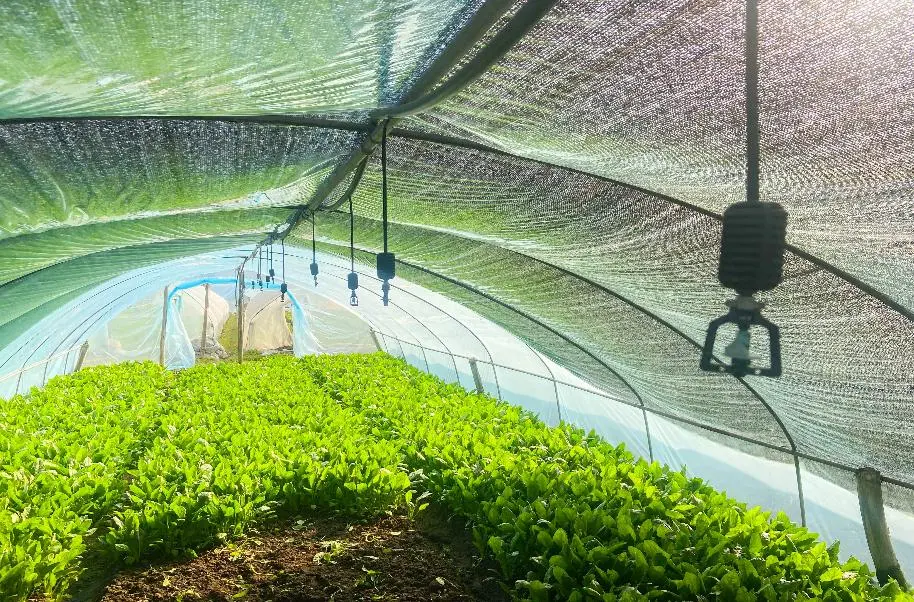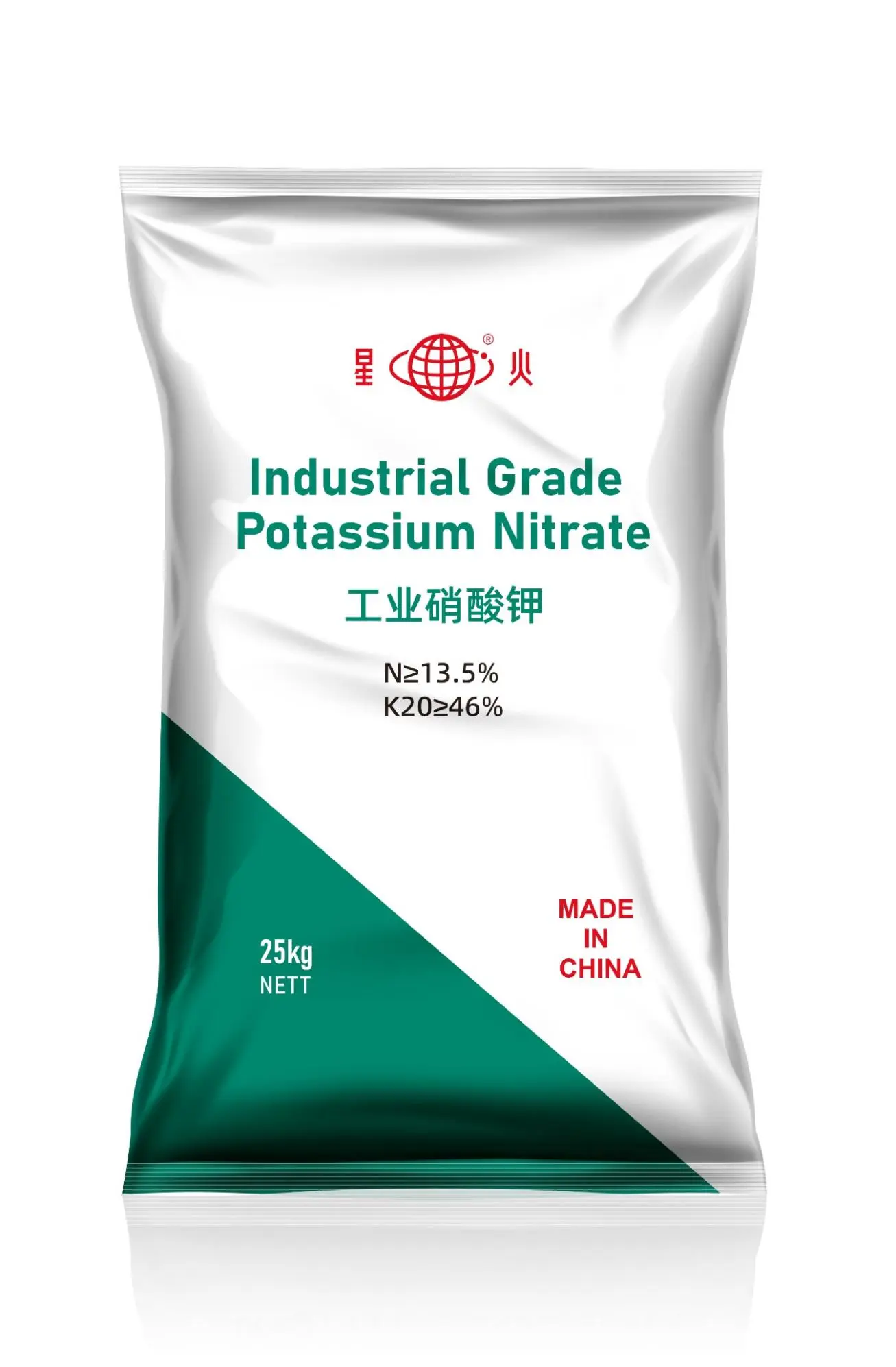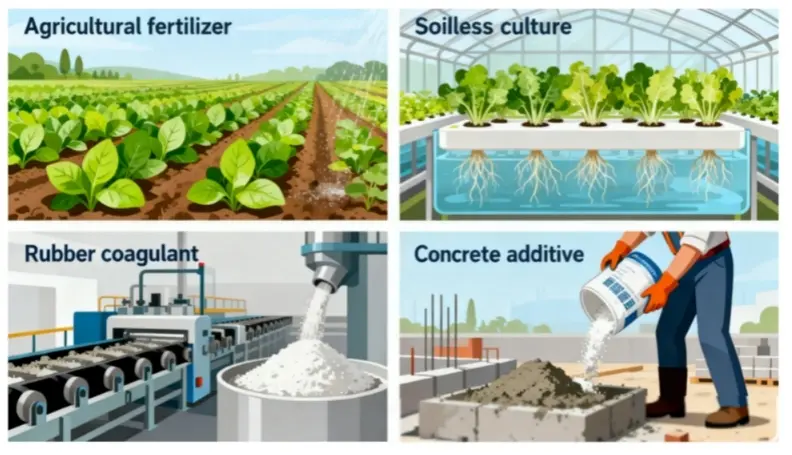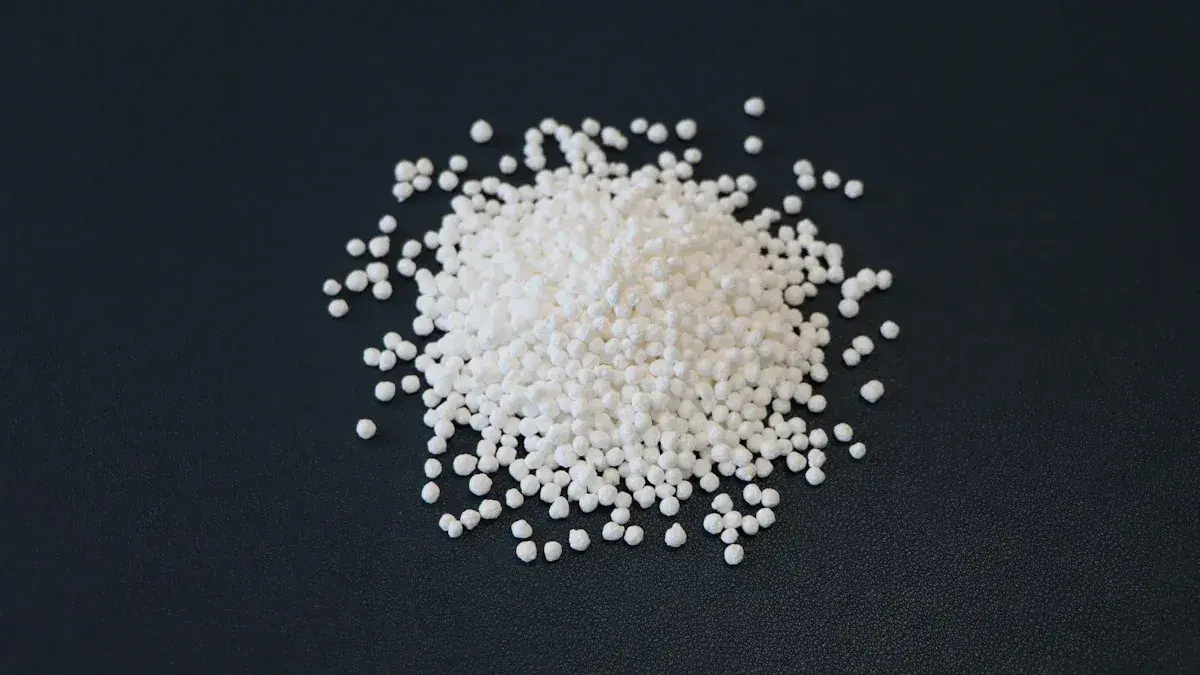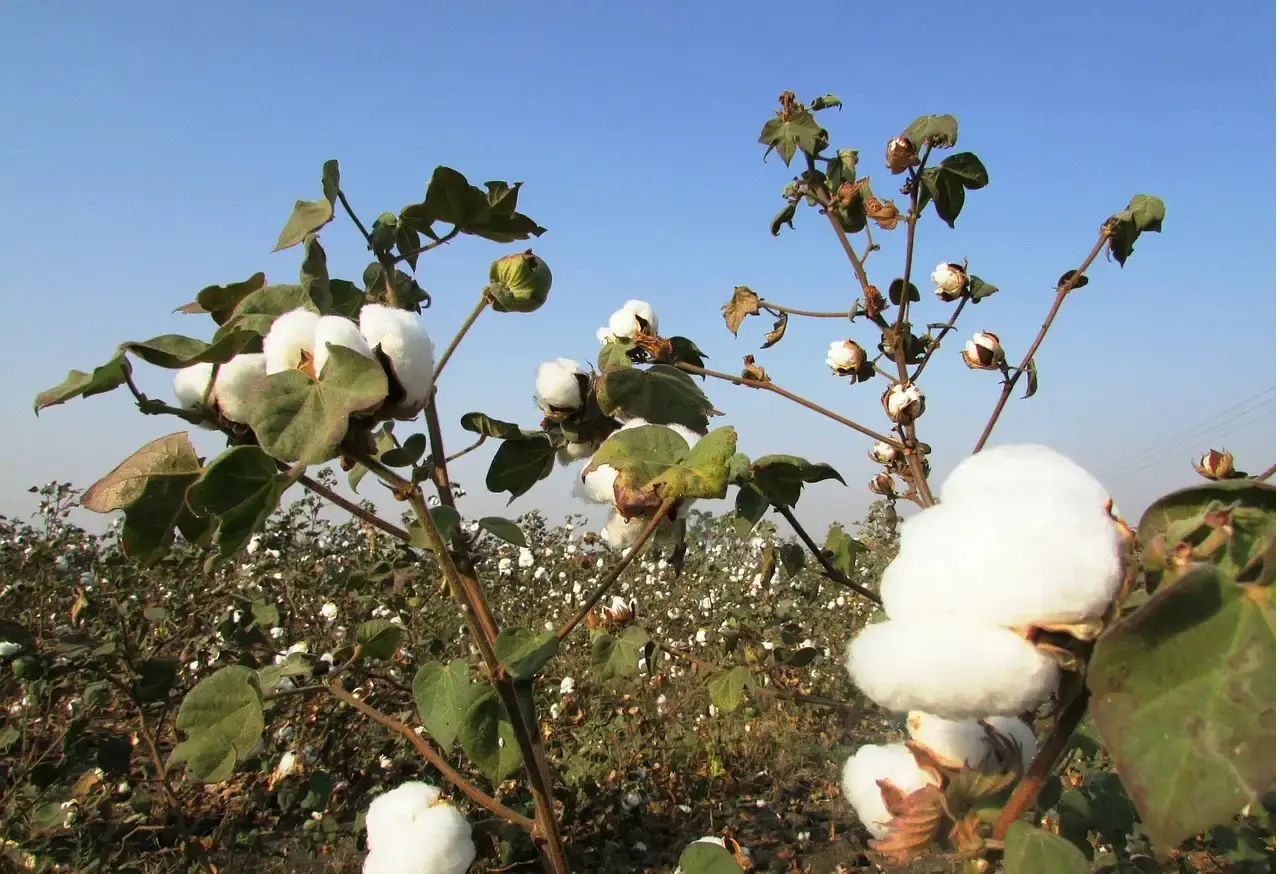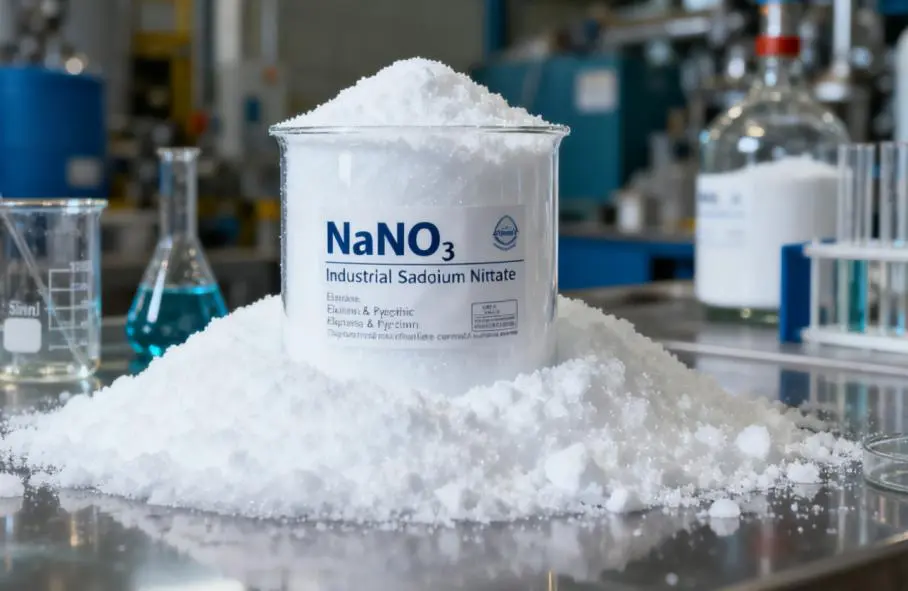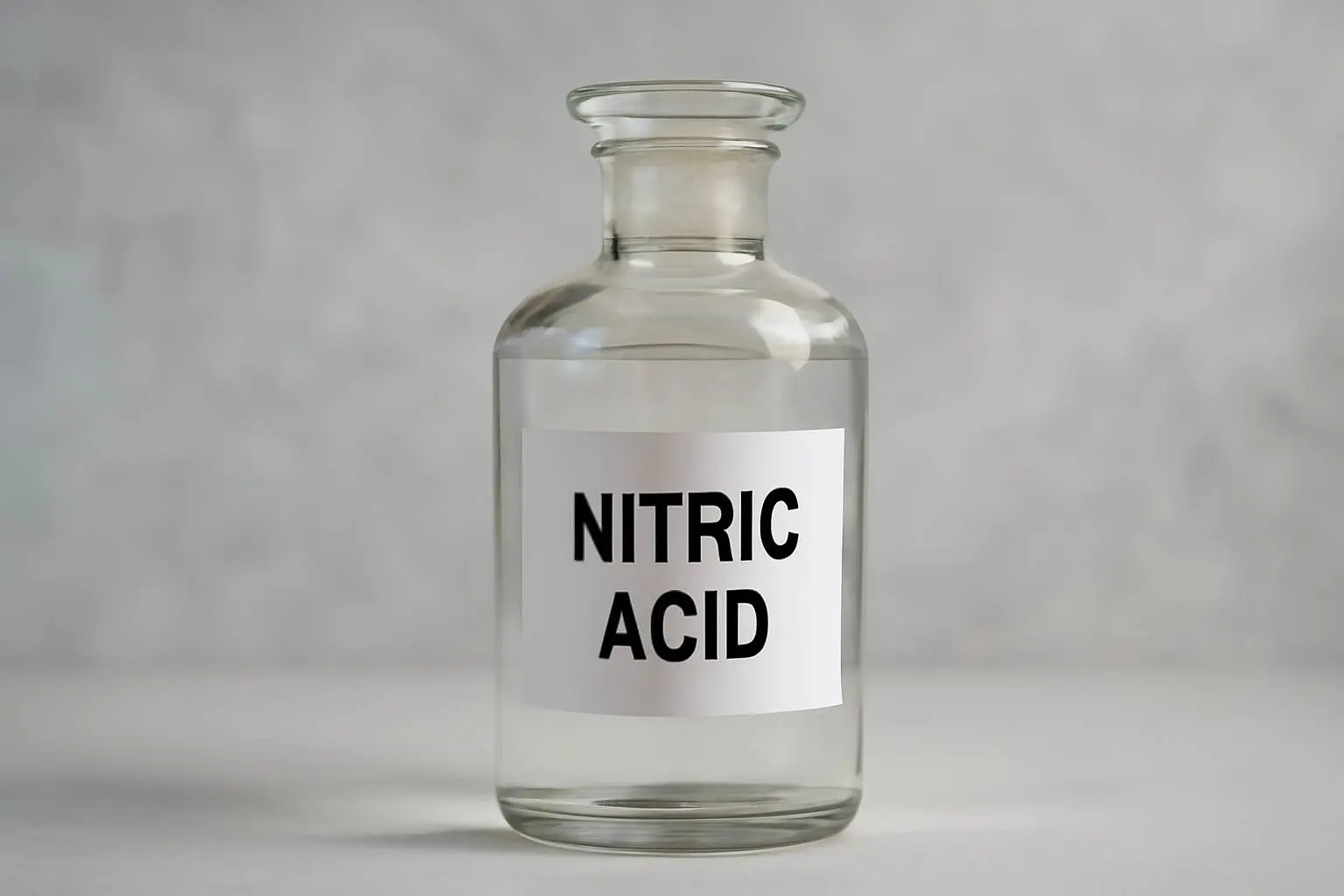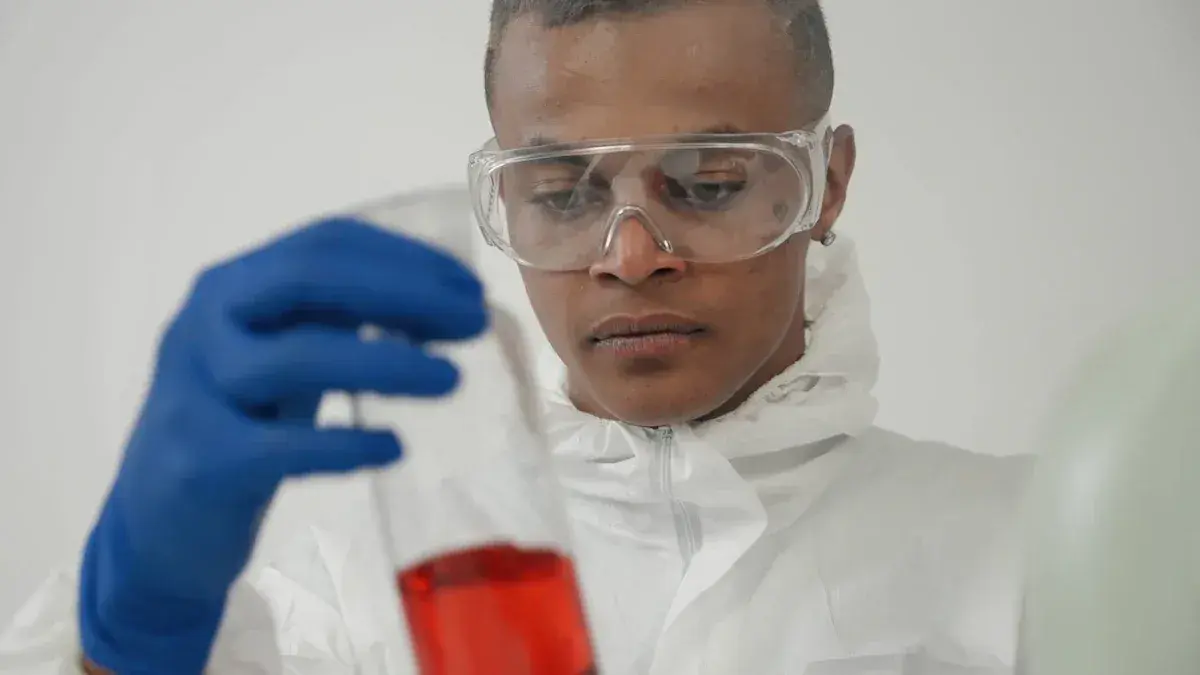Smart Fertilizer Revolution: Green Innovation in the Era of Precision Agriculture
Driven by the dual pressures of global food security and carbon neutrality goals, the fertilizer industry is undergoing disruptive changes. From nanoscale controlled release technology to AI driven precision fertilization systems, scientists and agricultural technology companies are attempting to solve problems such as low utilization of traditional fertilizers and environmental pollution through multidimensional innovation. This article will review the most groundbreaking technological advancements in the field of fertilizers in 2023 and their profound impact on sustainable agriculture.
1. Nanotechnology Empowerment: The 'Intelligent Switch' of Fertilizer Particles
The "photo thermal responsive Nano capsule fertilizer" developed by the University of California team has attracted attention. The fertilizer is wrapped in a biodegradable polymer to encapsulate the nutrient core, and the outer layer is loaded with photosensitive materials. When farmland encounters continuous rainy weather, capsules automatically delay nutrient release; under strong sunlight conditions, the outer material absorbs heat to accelerate capsule rupture and replenish crop demand in a timely manner. Field experiments have shown that nitrogen utilization efficiency has increased from 30% of traditional fertilizers to 68%, and leaching pollution has been reduced by 40%.
2. Biostimulant 2.0: Gene Editing Microorganisms Debut
Bayer has partnered with synthetic biology company Ginkgo Bioworks to launch the first "microbial fertilizer composite formulation". The rhizosphere strains modified by CRISPR technology can not only fix nitrogen and phosphorus, but also secrete specific signaling molecules to activate crop stress resistance genes. In soybean experiments in arid regions of Argentina, the use of conventional fertilizers resulted in a 15% increase in yield against the trend, while reducing the input of chemical fertilizers by 25%.
3. Digital +Drone: Fertilization Enters the Era of 'Gram level Precision'
The "Beidou Grid based Intelligent Fertilizer Distribution System" developed by the Chinese Academy of Agricultural Sciences has achieved significant upgrades. The system establishes a digital twin model of farmland through satellite remote sensing, combined with real-time data from soil sensors, and generates differentiated fertilization plans per square meter through AI algorithms. The crop protection drone equipped with a hyperspectral camera can synchronously execute variable seeding. In the application of cotton fields in Xinjiang, it saves 12 kilograms of fertilizer per mu and increases yield by 9.8%.
4. Breakthrough in Waste Conversion Technology: Cities Transform into 'Fertilizer Factories'
Nanyang Technological University in Singapore has successfully commercialized the synergistic fermentation process of kitchen waste and sewage sludge. The new composite microbial agent improves the efficiency of organic matter conversion to 92%, and produces liquid fertilizer rich in humic acid that can be directly used in hydroponic systems. The first demonstration project processes 300 tons of urban waste per month, replacing 30% of imported chemical fertilizers and reducing carbon footprint by 65%.
5. The carbon labeling system is forcing industry reform
The EU's upcoming carbon labeling policy for fertilizer products will promote innovation across the entire industry chain. Yara International has launched the world's first "negative carbon nitrogen fertilizer", which replaces natural gas with biomass raw materials and captures CO2 from the production process and stores it in fertilizer particles. Net carbon sequestration of 0.3 tons per ton of fertilizer has been achieved, and carbon trading subsidies have been obtained in Norway and the Netherlands.
Expert opinions
Dr., Chief Scientist of the International Fertilizer Association Elena pointed out, "In the next five years, fertilizers will no longer be simple nutrient carriers, but intelligent agricultural terminals that integrate sensing, response, and regulation functions. This revolution requires deep cross fusion of agriculture, materials science, and data science
Conclusion
From material innovation at the molecular level to digital reconstruction of farming systems, the fertilizer revolution is quietly reshaping the face of modern agriculture. When every fertilizer carries the dual mission of intelligence and sustainability, humanity may have found a new pivot on the balance between ensuring food security and safeguarding ecological balance.

